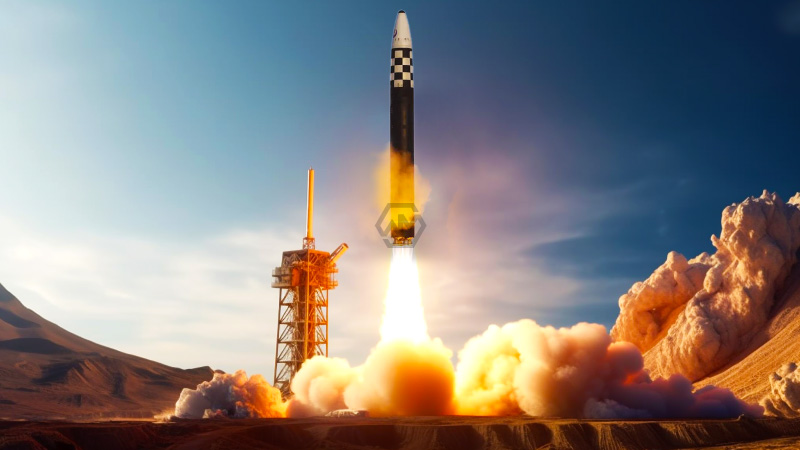- North Korea launched an unprecedented number of long-range ballistic missiles.
- The missile belongs to the ICBM class and can cover the whole United States, according to Japan’s military ministry.
- South Korea and the US convened the second meeting of the Nuclear Consultative Group to talk about nuclear deterrence.
After testing a shorter-range missile on Sunday night, North Korea launched an unprecedented number of long-range ballistic missiles, one of which was designed to strike the United States.
Another round of ominous talk between North Korea and its allies in South Korea and the United States precedes the firing. The East Sea, often known as the Sea of Japan, is where the long-range missile that was launched from the Pyongyang region and splashed down was discovered by South Korea’s military after it traveled 1,000 kilometers. The missile belongs to the ICBM class and can cover the whole United States, according to Japan’s military ministry.
A long-range rocket
Following North Korea’s first nuclear test in 2006, the UN Security Council has passed numerous resolutions urging the country to discontinue its nuclear and ballistic missile development.
The UN Security Council’s resolutions were broken, according to Japanese Prime Minister Fumio Kishida, who called Monday’s launch a “threat to peace and stability”. Disapproving the test, the US State Department issued a statement.
In July, North Korea launched its solid-fuel Hwasong-18, the most recent of four ICBMS tests it has conducted this year. Launching faster and easier than liquid-fueled versions, the Hwasong-18 is North Korea’s first intercontinental ballistic missile (ICBM) to employ solid fuel, having been tested in April.
A spokesman for the Joint Chiefs of Staff in South Korea stated that they were examining the possibility that Monday’s launch was an ICBM powered by solid fuel.
In Washington, South Korea and the United States convened the second meeting of the Nuclear Consultative Group to talk about nuclear deterrence in the case of a conflict with North Korea.
They threatened to topple the North Korean leadership if Pyongyang launched a nuclear strike on the US and South Korea. The allies’ intentions to add a nuclear operation rehearsal to the yearly joint military exercise next year have drawn criticism from North Korea’s defense ministry.



